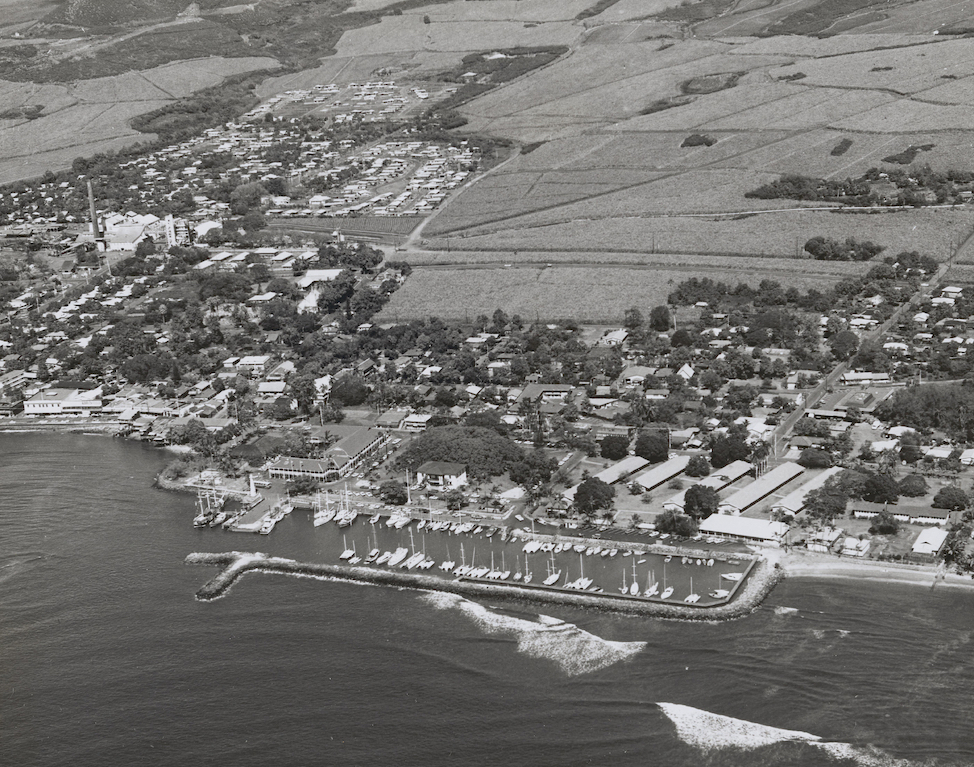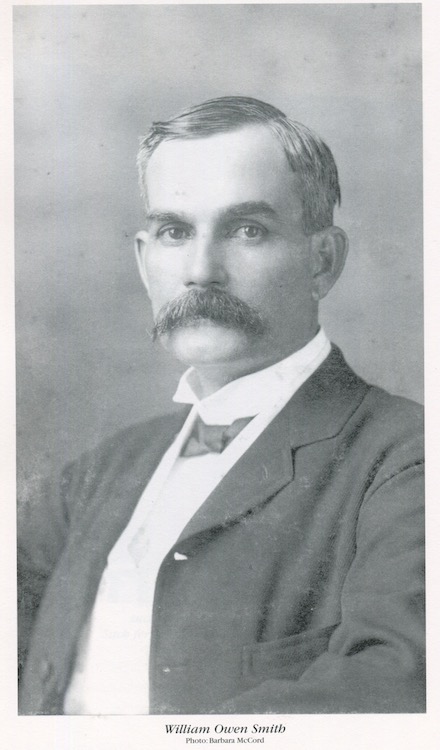The literal roots of the Lahaina Banyan tree which survived the tragic Lahaina fire and is now the symbol of recovery over there, go back to the Koloa, Kaua‘i Sandwich Islands Mission Station. An account of how an 8-foot banyan tree cutting taken in Koloa became the Lahaina Banyan Tree appear in the pages of my late wife Evelyn Cook’s Smith-Waterhouse family book 100 years of Healing – The Legacy of a Kauai Missionary Doctor published in 2003. Evelyn was joined in publishing the book by Lori Dill of Kaua‘i and the late Uncle Bob Watts from Kailua.
I may be biased, but Evelyn’s account is 10 x better than the history of the Lahaina Banyan Tree being given in the news around the globe. Here is Evelyn’s carefully documented account describing the motive of Koloa missionary son William Owen Smith in planting the Lahaina Banyan in 1873.
Sugar cane cultivation did not assume major importance until after 1876 when reciprocity treaty was signed with the U.S. which allowed Hawaiian sugar to enter the U.S. duty free. The treaty transformed the island sugar business into a highly profitable industry, not just for the haoles, but also for the alii who leased land to the plantations and invested directly in the business themselves.
In 1873, the whaling boom was over but the sugar industry had not yet boomed. Lahaina was a sleepy little town without much crime to keep its sole lawman busy. Sheriff Smith often whiled away slow days sitting on a bench outside the courthouse watching ships in the harbor while trading stories with the elderly Hawaiian men who stopped by to chat. The old men loved it that a haole could speak Hawaiian so fluently, with all its subtle layerings, hidden meanings, and poetic flourishes. Smith could even tell jokes in the native tongue, which delighted them, and his sly sense of humor seemed very Hawaiian to them.

Lahaina‘s weather is sunny much of the time, and since in Smith’s day no trees grew near the courthouse, it could become unbearably hot. So when the sheriff visited his parents on Kauai and they offered to give him a young sapling to plant as a shade tree on the courthouse grounds, he willingly accepted. The tree was an Indian banyan, and Smith planted it in the courthouse square on April 24, 1873, with the help of the old Hawaiian men who liked his jokes. Although it was planted as part of a ceremony marking the 50th anniversary of the founding of the first Christian mission in Lahaina, many of Smith’s descendants believe that his original motive had simply been to provide some welcome shade around the courthouse for his Hawaiian friends. And to this day, the Hawaiians of Lahaina still speak with affection of W.O. Smith.
“My great-grandfather, Mr. Mona Kawenaole, who died of leprosy in Kalaupapa, was the konohiki [land steward] for Lahaina in the mid to late 1800s. He was a friend to W.O. Smith and helped plant that tree,” explained Sissa Kaumeheiwa Reynolds, a Native Hawaiian whose family has lived on Maui for generations.
“It was a friendship tree planted for their friendship and their love for the land-to watch it grow over the generations. Sheriff Smith asked this bunch of old kanaka maoli to plant it with him. They used to hang out by the water and talk story. This was told to me by my grandma and Uncle Frank Kahahani and Uncle Willieama Waiohu sitting around the table talking story, eating saloon pilot crackers and drinking hot cocoa. W.O. Smith was a friend of the Hawaiians. They wouldn’t have been hanging with him if he was no good. I don’t care what people say today. He was a friend,“ Sissa said.
The banyan tree her great-grandfather Kawenaole helped Smith plant 130 years ago is today the largest Indian banyan in Hawaii and shades nearly an acre of the old courthouse grounds. Sissa believes it symbolizes an enduring friendship between hole and Hawaiian that is far stronger than the animosity which sometimes flares up between the two peoples.
Mahalo to the Smith-Waterhouse family for permission to post this passage from 100 Years of Healing : The Legacy of a Kauai Missionary Doctor by Evelyn Simpson Cook, published by Halewai Publishing, Koloa, Kauai 2003.
A Lahaina Banyan Tree minature made from a piece of non-recyclable fishing net is being sold as a Lahaina fund-raiser by Kaua‘i-based Opala Art. For more details go to opala_art on Instagram.


